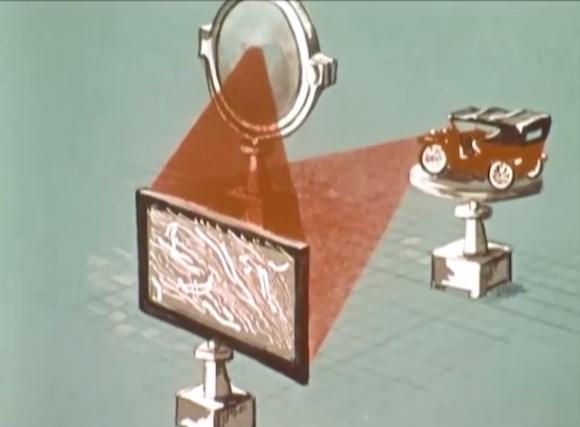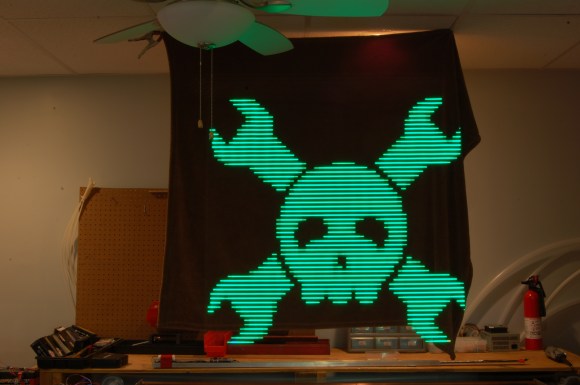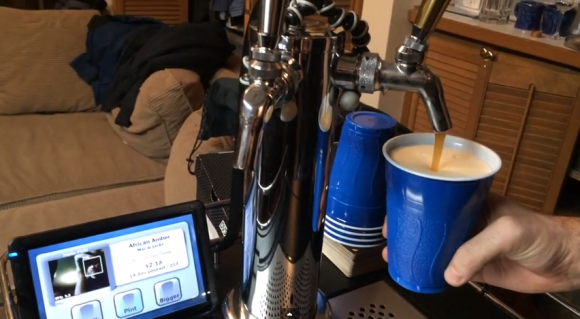Does Hackaday have any readers living in Shanghai? You bet! We’re going to be in Shanghai next week so we decided to invite the Hackaday community to a Shanghai Gathering!
We booked a venue and want to pack the place with at least 150 people on Thursday, March 20th. We’re picking up the bar tab and bringing along a few cases of T-shirts. At some point we’ll make some formal remarks about the path on which Hackaday is traveling, and where we hope to go. Get your tickets now, and start the perplexing process of deciding which piece of portable hacked hardware you want to bring along with you to show off to all of the other Hackaday aficionados.
Still not convinced? Check out the follow-up post from our Los Angeles Gathering back in January to see how much fun it is to get together with other readers. The Xin Che Jian hackerspace in Shanghai is helping us get this organized; we saw a hackerspace intro from them a couple of years back. Thank you so much to [David] and [Paul] for their help with this! If you haven’t checked out the hackerspace, this gathering is a great way to meet some of the members.
[Background Image Source]


 This week’s Retrotechtacular is a
This week’s Retrotechtacular is a 


 Kegerator ownership is awesome, but it has its downsides. It’s hard to keep track of who drank what without cans or bottles to count. [Phil] was looking for a good solution to this problem when it came to sharing beer with his roommates and friends and has just completed
Kegerator ownership is awesome, but it has its downsides. It’s hard to keep track of who drank what without cans or bottles to count. [Phil] was looking for a good solution to this problem when it came to sharing beer with his roommates and friends and has just completed 









